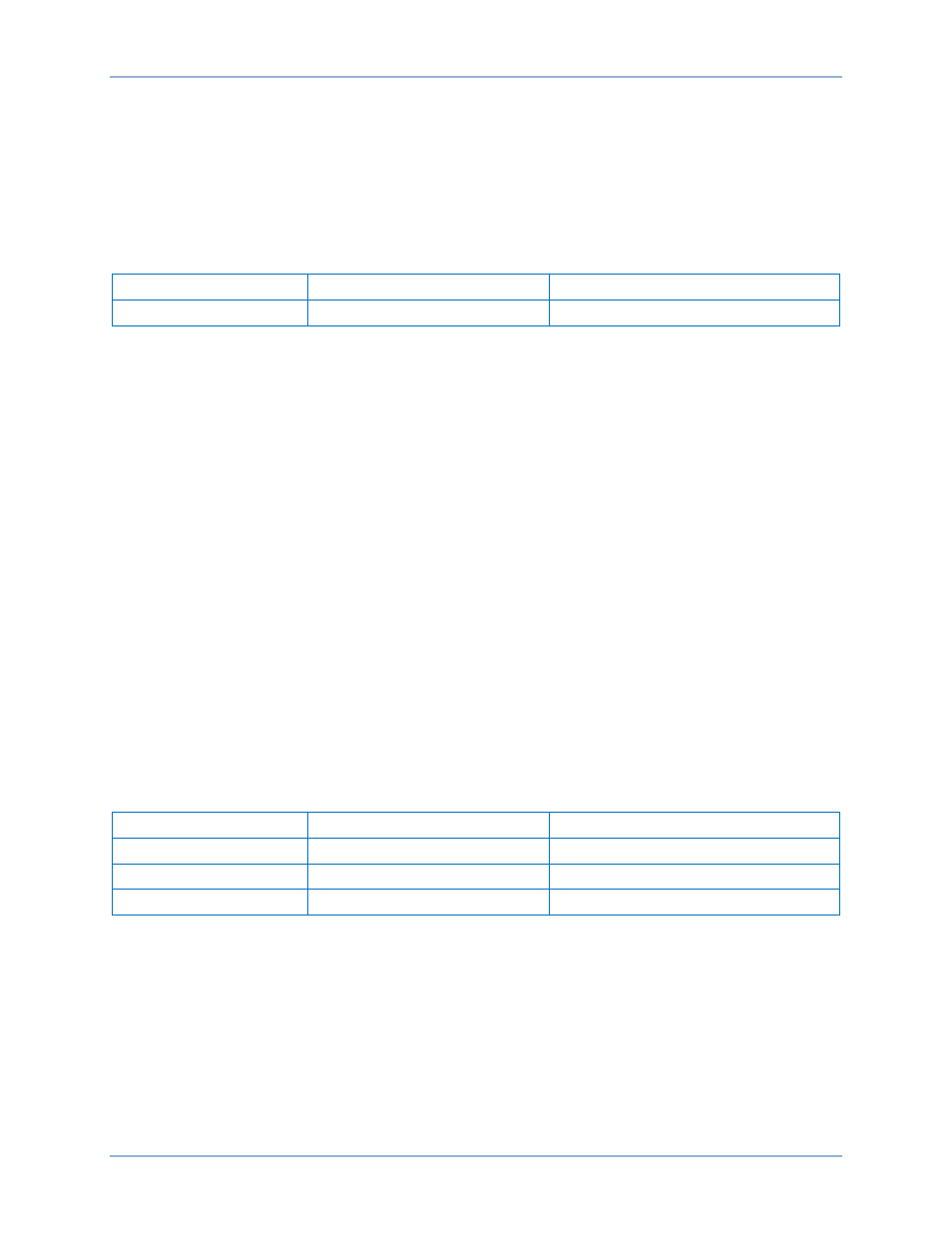Reverse tripping direction (overpower), Forward tripping direction (underpower) – Basler Electric BE1-11g User Manual
Page 505

9424200994 Rev N
493
Step 8: (Optional.) Repeat Steps 1 through 7 for settings group 1, 2, and 3.
Step 9: (Optional.) Repeat Steps 1 through 8 with CT2 as the bus CT selection for protection systems
equipped with two sets of CTs. In Step 2 replace D1 with F1, D2 with F2, etc.
Reverse Tripping Direction (Overpower)
Step 1: Using Table 224 as a guide, send the 32-1 settings to the BE1-11g. Prior to each test, reset the
BE1-11g targets from the previous test.
Table 224. Reverse-Overpower Test Settings
Pickup
Direction
Over Under
500 W
Reverse
Over
Step 2: Connect and apply a 100 Vac, three-phase voltage source at nominal frequency to terminals
C13 (A-phase), C14 (B-phase), C15 (C-phase), and C16 (neutral). Connect a variable ac
current source to terminals D1 (A-phase polarity) and D2 (A-phase non-polarity).
Step 3: Set A-phase current to lag the voltage by 180 degrees and slowly increase the current from 0
amps until OUT2 closes (1/3 of the three-phase setting) and record the pickup. Verify the 32-1-
A-Over target on the front-panel display. Decrease A-phase current until OUT2 opens and
record the dropout. Pickup will occur within
±3% of the 32-1 pickup setting (500 watts = 5 amps,
100 volts, 180 degrees I lag E)/3.
Step 4: With the BE1-11g picked up (OUT2 closed), change the angle of the applied current to 0
degrees I lag E and verify that OUT2 opens. This verifies that the 32-1 function is operating in
the reverse trip direction and not in the forward direction.
Step 5: (Optional.) Repeat Steps 1 through 4 for B-phase and C-phase currents. (Consult the
chapter for operating details).
Step 6: (Optional.) Repeat Steps 1 through 5 using 32-2 in place of 32-1.
Step 7: (Optional.) Repeat Steps 1 through 6 for settings group 1, 2, and 3.
Step 8: (Optional.) Repeat Steps 1 through 7 with CT2 as the bus CT selection for protection systems
equipped with two sets of CTs. In Step 2 replace D1 with F1, D2 with F2, etc.
Forward Tripping Direction (Underpower)
Step 1: Using Table 225 as a guide, send the 32-1 settings to the BE1-11g. Prior to each directional
test, reset the BE1-11g targets from the previous test.
Table 225. Forward-Underpower Test Settings
Pickup
Direction
Over Under
500 W
Forward
Under
250 W
Forward
Under
50 W
Forward
Under
Step 2: Connect and apply a 100 Vac, three-phase voltage source at nominal frequency to terminals
C13 (A-phase), C14 (B-phase), C15 (C-phase), and C16 (neutral). Connect a variable ac
current source to terminals D1 (A-phase polarity) and D2 (A-phase non-polarity). Note that
OUT2 is closed with no current applied.
Step 3: Apply 4 amps A-phase current (in phase with the voltage) noting that OUT2 drops out. Slowly
decrease the current until OUT2 closes (1/3 of the three-phase setting) and record the pickup.
Verify that there is a 32-1-A-Under target on the front-panel display. Increase A-phase current
until OUT2 opens and record the reset. Under power pickup will occur within
±3% of the 32-1
pickup setting (500 watts = 5 amps, 100 volts, 0 degrees I lag E)/3.
BE1-11g
Power (32) Test
